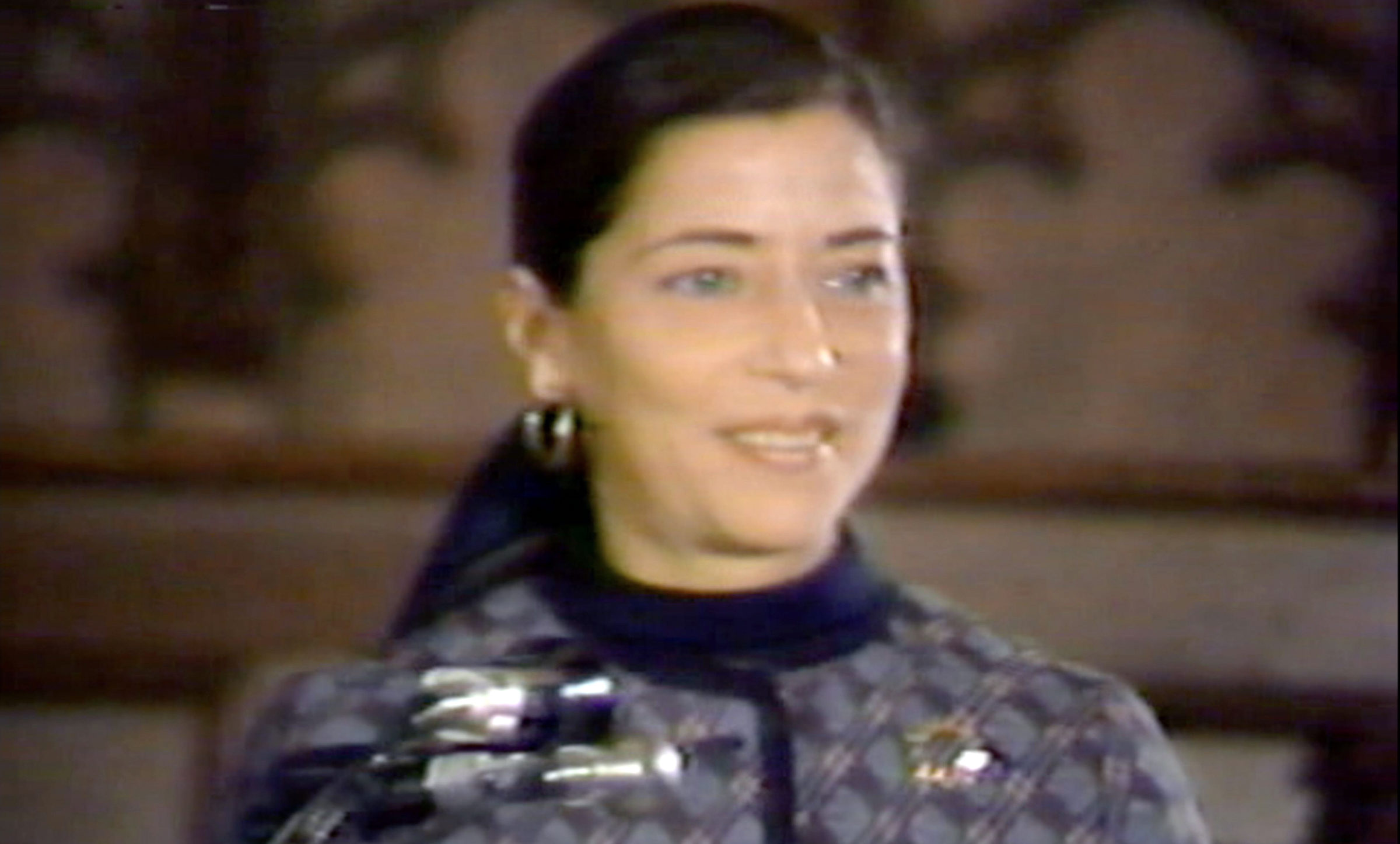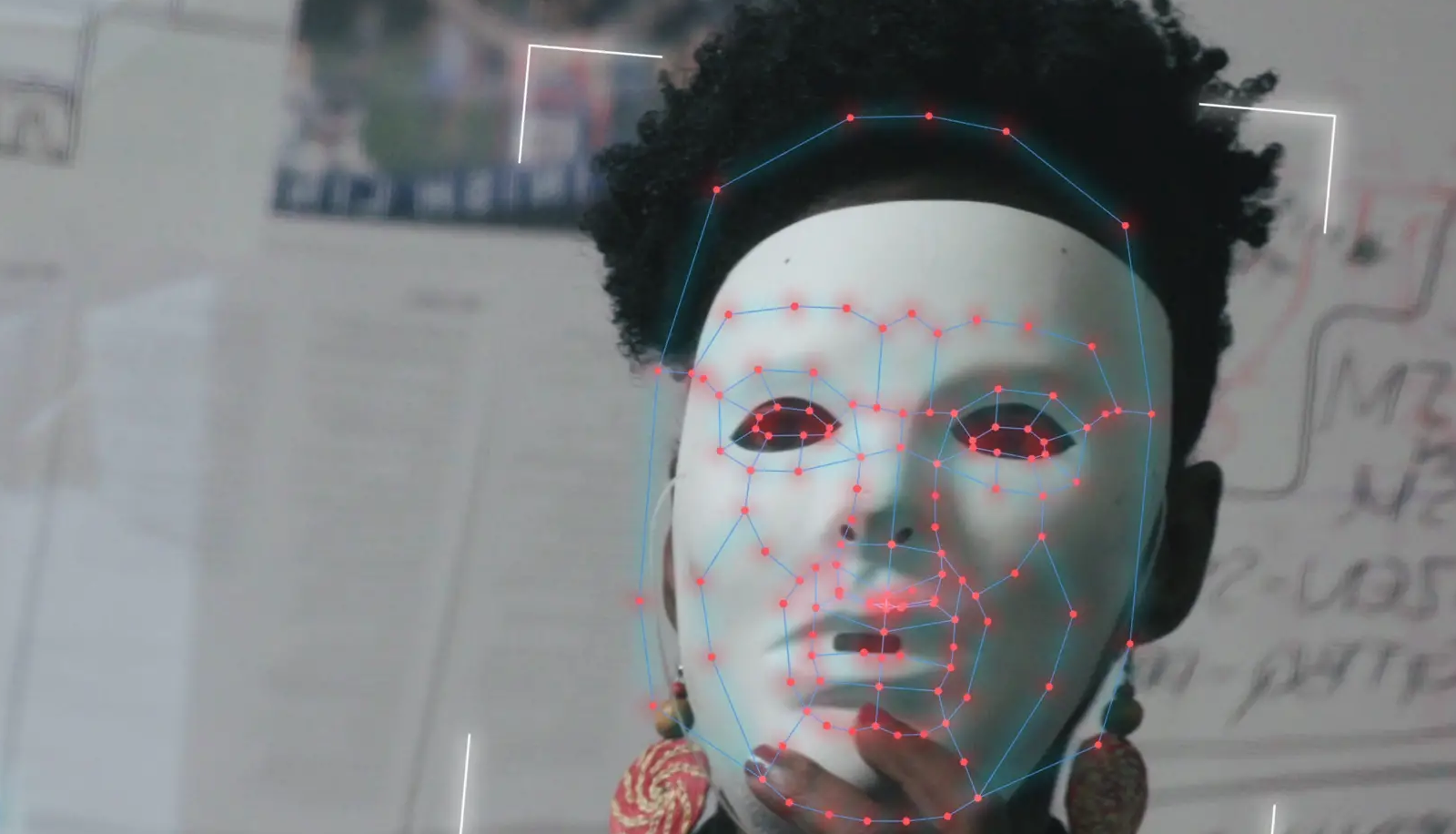Framing Britney Spears
(USA, 75 mins)
Dir. Samantha Stark
For a long time, the #FreeBritney movement struggled to be taken seriously. The fan-led push for an end to the pop singer’s long-running conservatorship under her father was at risk of being reduced to a joke or a meme, like the viral Leave Britney Alone video. A new installment in FX’s investigative series The New York Times Presents is changing that.
The bombshell doc, Framing Britney Spears, has garnered massive attention and sparked online discussion in the wake of its release on Friday, February 5. On the internet, people are reckoning with the way that Spears was treated by the media and society at large, especially around the time of her widely publicized breakdowns in 2007.
Director Samantha Stark examines the parade of public gaffes that inspired “Oops, she did it again” jokes that dragged Spears in the tabloids. With a depth touch, Stark creates a humanizing portrait of the star through carefully compiled interview and performance clips, in lieu of interviewing Spears herself due to the restraints of her conservatorship.
The legal concept of a conservatorship is introduced by a title card pulled from Merriam Webster Dictionary, which reads “conservator: a person, official, or institution designated to take over and protect the interests of an incompetent.” It’s explained that Spears currently lives under the conservatorship of her father Jamie, who has been in charge of her money, autonomy, and career for nearly 13 years.
The film shows how this decision began as a temporary measure at an especially vulnerable time for the pop star. It compiles moments with the paparazzi and media that may have contributed to a self-fulfilling prophecy of “crazy Britney,” tormenting her and capturing her at her most vulnerable moments until she famously snapped. At that point, her father swooped in and took control.
Framing Britney Spears demonstrates how much has changed in the years since Spears’ downfall. Where news of 2007 played out in tabloids, entertainment TV, and sleazy gossip blogs, the #FreeBritney movement emerged in the age of social media. It shows how digital democracy gave fans a voice and a chance not only to take hold of the narrative, but to change it.
While the film acknowledges the origins of the movement, it isn’t fixated on the fans. The doc labours to piece together a story of a cultural icon in which many of the key characters refused to speak, or in Britney’s case, were gagged by the very conservatorship the film hinges upon.
The core of the film is about how experts, colleagues, and fans alike struggle to grasp how Spears continues to be seen as “an incompetent” in the eyes of the law. The underlying question in Spears’ case asks how much someone must continually prove to show renewed competence and state of mind in an era where one’s worst moments are immortalized in Internet memes and viral videos.
Moreover, the concept of conservatorship itself goes under scrutiny, as few people under such designations have the same public profile and platform to prove oneself that Spears does. The doc shows Spears soaring to the height of her career post-breakdown–doing a residency in Vegas, being a judge on The Voice, touring and continuing to produce new music.
As her lovable former assistant Felicia Culotta admits in the film, “To be honest… I didn’t then, nor do I now, understand what a conservatorship is.” She adds, “Especially for somebody Britney’s age, and for somebody capable of so much that I know, firsthand, she’s capable of [doing].”
The doc fills in the gaps between tabloid headlines, creating an easy-to-follow timeline of Spears’ life that summarizes what she endured. It creates a damning picture of paparazzi and media of the late ’90s and early 2000s, which feasted upon her every move. It also reveals the misogyny pulsing beneath it all, especially in the aftermath of her break-up with Justin Timberlake and whirlwind marriage and divorce to dancer/rapper Kevin Federline, which ended in a bitter custody battle in the tabloids.
The film gathers voices from the sidelines of Spears’ career and pop culture experts to puzzle together a clearer picture of what is going on. While they clarify some things, a lot remains fuzzy, which speaks to just how much of the story remains under wraps by the Spears family. The holes in the film bate a sense of anticipation for the stories that are bound to surface in time.
Framing Britney Spears has the power to transform cultural perception of the money-shot paparazzi photos of Spears shaving her head or wielding the umbrella, as well as the legal designations that strip a person of her agency.












